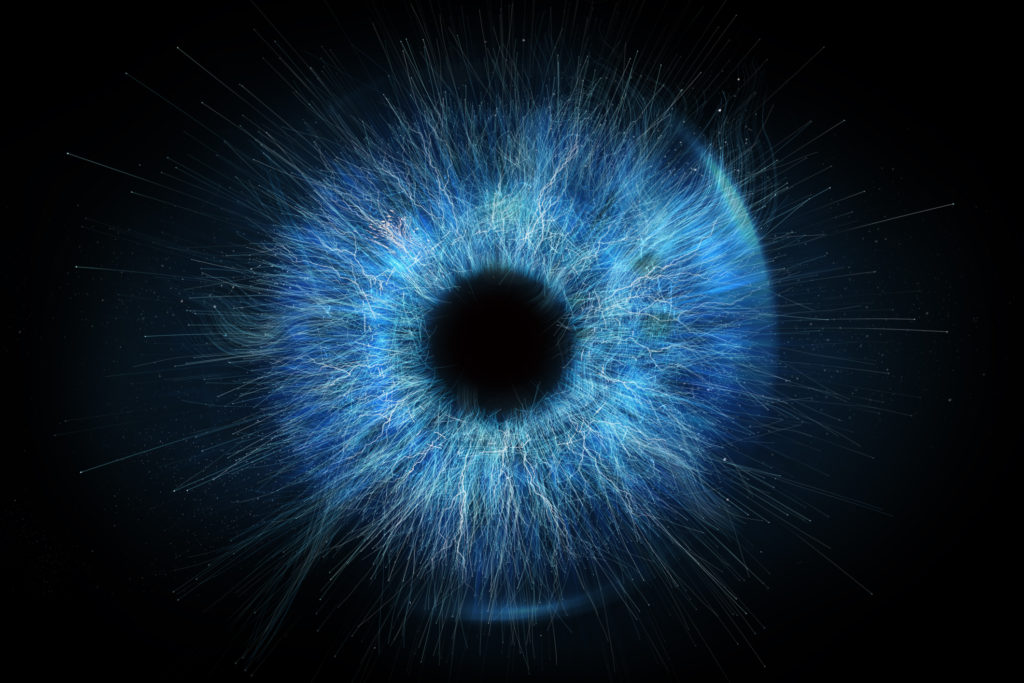Both LASIK and SMILE eye surgery are performed to correct vision problems and to eliminate the need to wear contact lenses or glasses. While LASIK is the most commonly performed laser refractive surgery to correct vision problems, SMILE is also becoming quite popular. What are the differences between these procedures?
LASIK
LASIK eye surgery is a short, 30-minute procedure that may be done to correct the vision for
patients with one of these concerns:
- Myopia, or nearsightedness. Patients with this vision concern have difficulty seeing distant objects.
- Hyperopia, or farsightedness. Patients with this vision problem have difficulty seeing objects that are nearby.
- Astigmatism. Patients who have astigmatism have uneven curvature of the cornea or lens of the eye, which leads to distorted or blurred vision.
During the LASIK procedure, numbing eye drops are placed in the eye, and a small blade or cutting laser is used to make a small flap in the cornea. The flap is folded to give access to the part of the cornea that will be reshaped. A programmed laser beam is used to reshape the cornea, and the flap is then repositioned over the eye, where it heals without stitches.
LASIK can be done on both eyes at once, and patients are able to enjoy immediate results, a very short resting period for 1-2 days, and minimal discomfort.

SMILE
SMILE, or SMall Incision Lenticule Extraction (SMILE) is a type of laser eye surgery used to treat myopia or nearsightedness and lower amounts of astigmatism. Unlike LASIK, SMILE can not be customized and can only treat myopia with or without astigmatism. It can not treat higher order aberrations to address the quality of vision, especially under low lighting conditions.
Differences Between LASIK & SMILE
- LASIK can be used to treat all types of refractive errors. SMILE is used to treat myopia with or without astigmatism, but it cannot treat astigmatism on its own.
- SMILE cannot treat higher order aberrations and can not be customized to each patient’s individual corneal shape.
- SMILE can not be centered as well as LASIK and does not have an eye tracker.
- Patients with thin corneas are not ideal candidates for LASIK are not ideal SMILE candidates either.
- While SMILE procedure has potential to be as good as LASIK, the technology is not there yet.
- While LASIK is all-laser, SMILE involves a manual excision of a piece of corneal tissue, called lenticule.
Most corneal surgeons prefer LASIK rather than SMILE for their patients. Dr. Faktorovich describes the technical difference between these two procedures in her textbook, Femtodynamics.
The Pacific Vision Institute Experience
At Pacific Vision Institute in San Francisco, we are committed to providing our patients with the, most advanced, most effective, and safest technologies for vision correction, including many, forms of custom LASIK and other vision correction surgeries. Regardless of your vision concerns, we can help determine which vision system platform may be best for you to address the problem and achieve the clear, accurate vision you’ve always wanted. Many patients have experienced even better vision than they had with glasses or contacts after LASIK and other advanced vision correction procedures, and the ability to say goodbye to vision aids and simply see the world clearly with the naked eye is a gift we love to give. Call today for a consultation to find out which laser eye treatment is right for you.